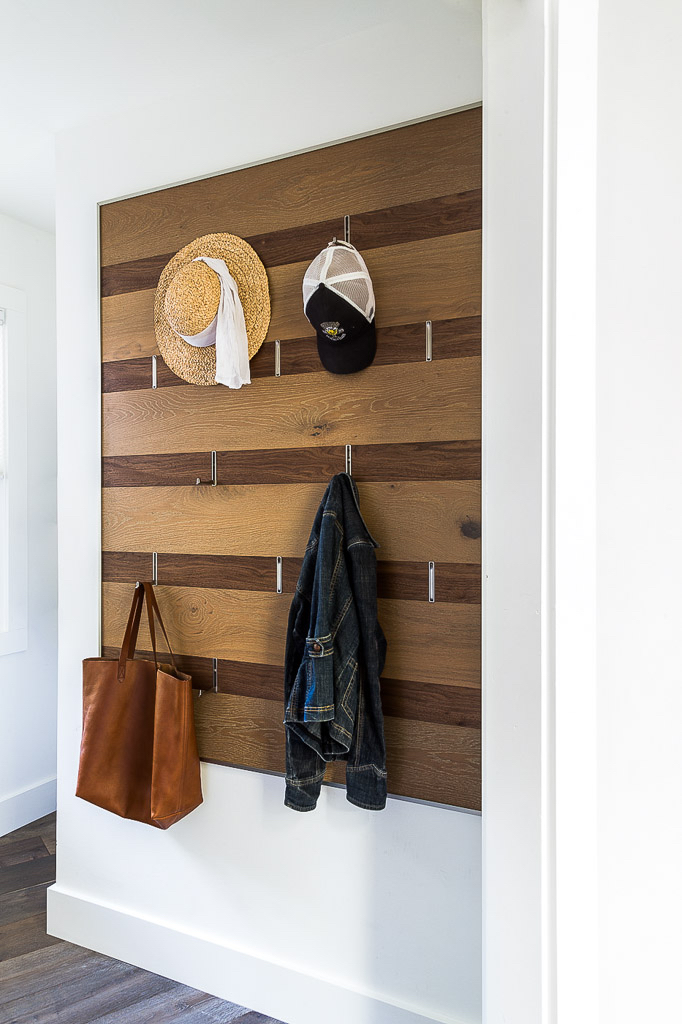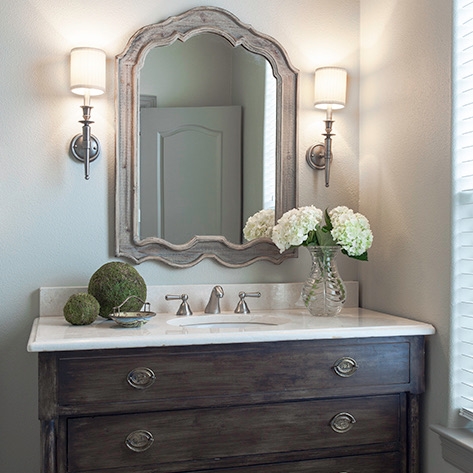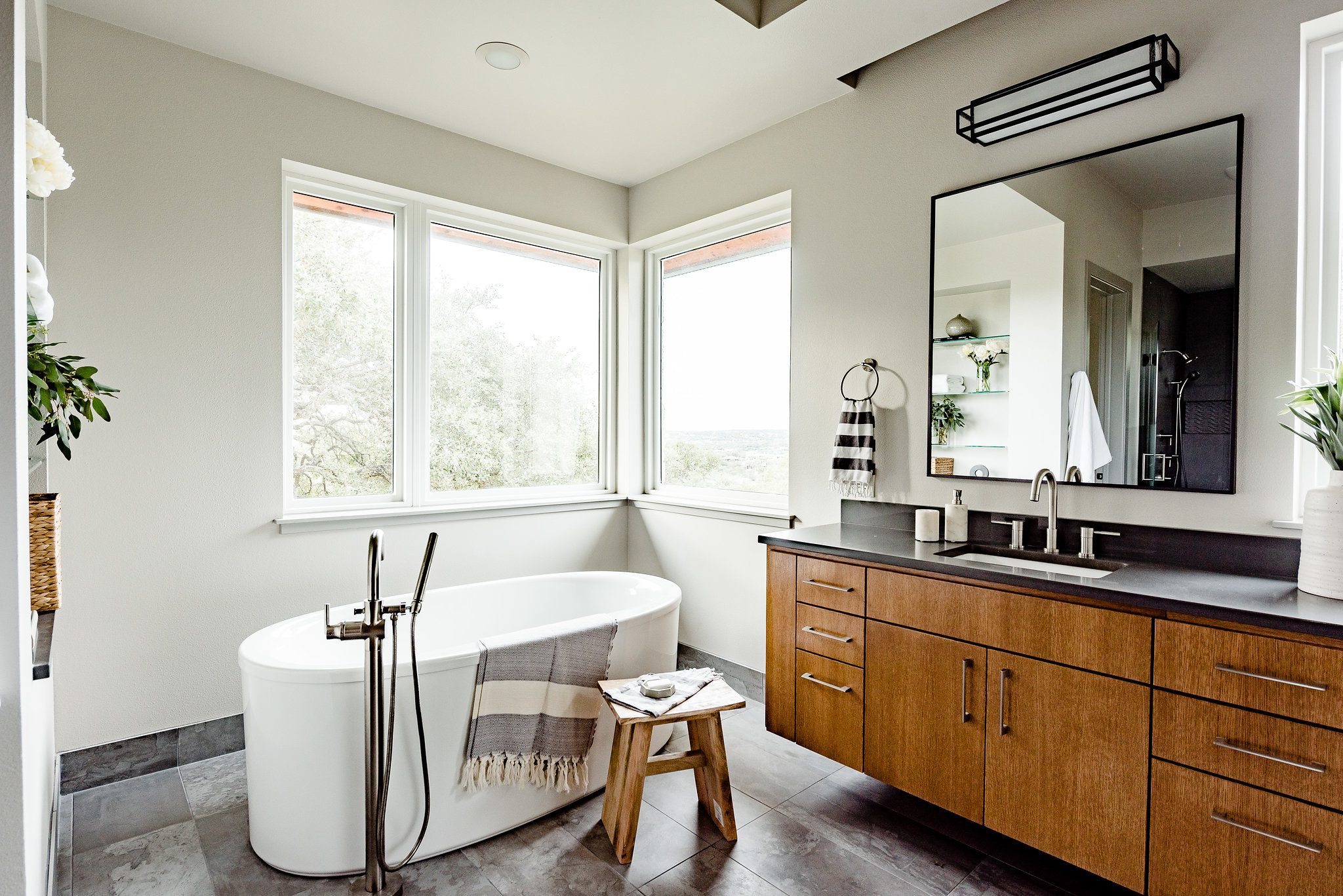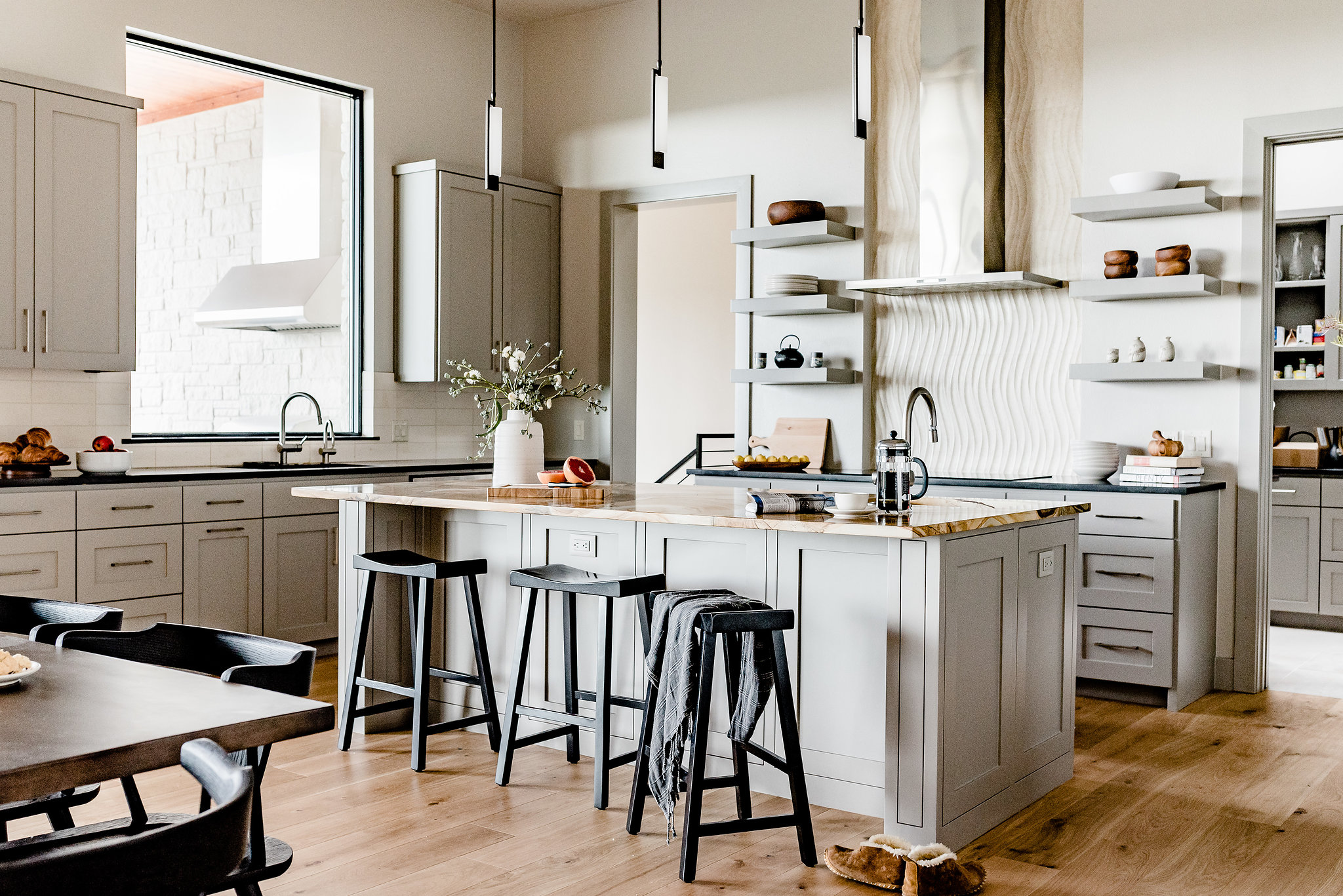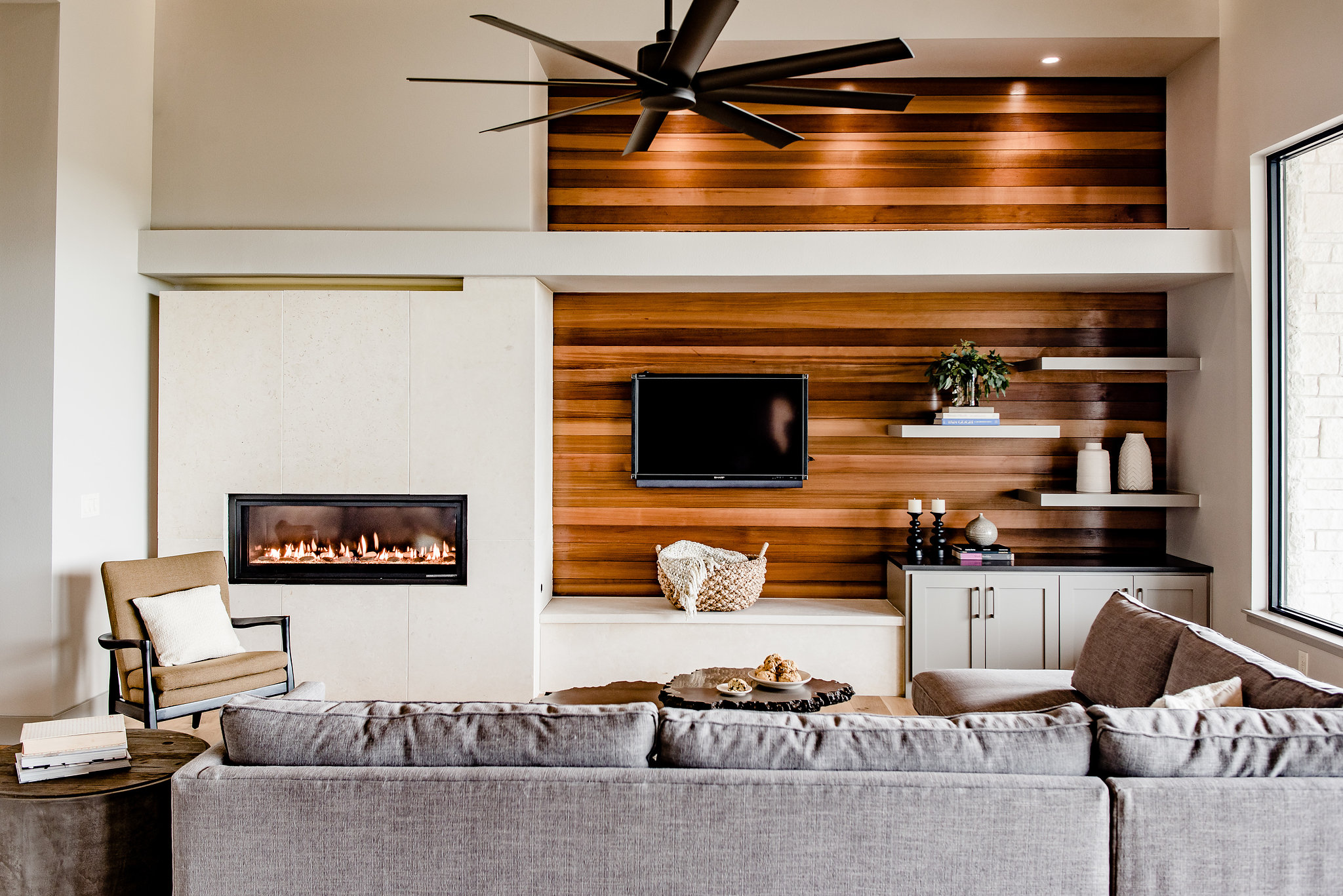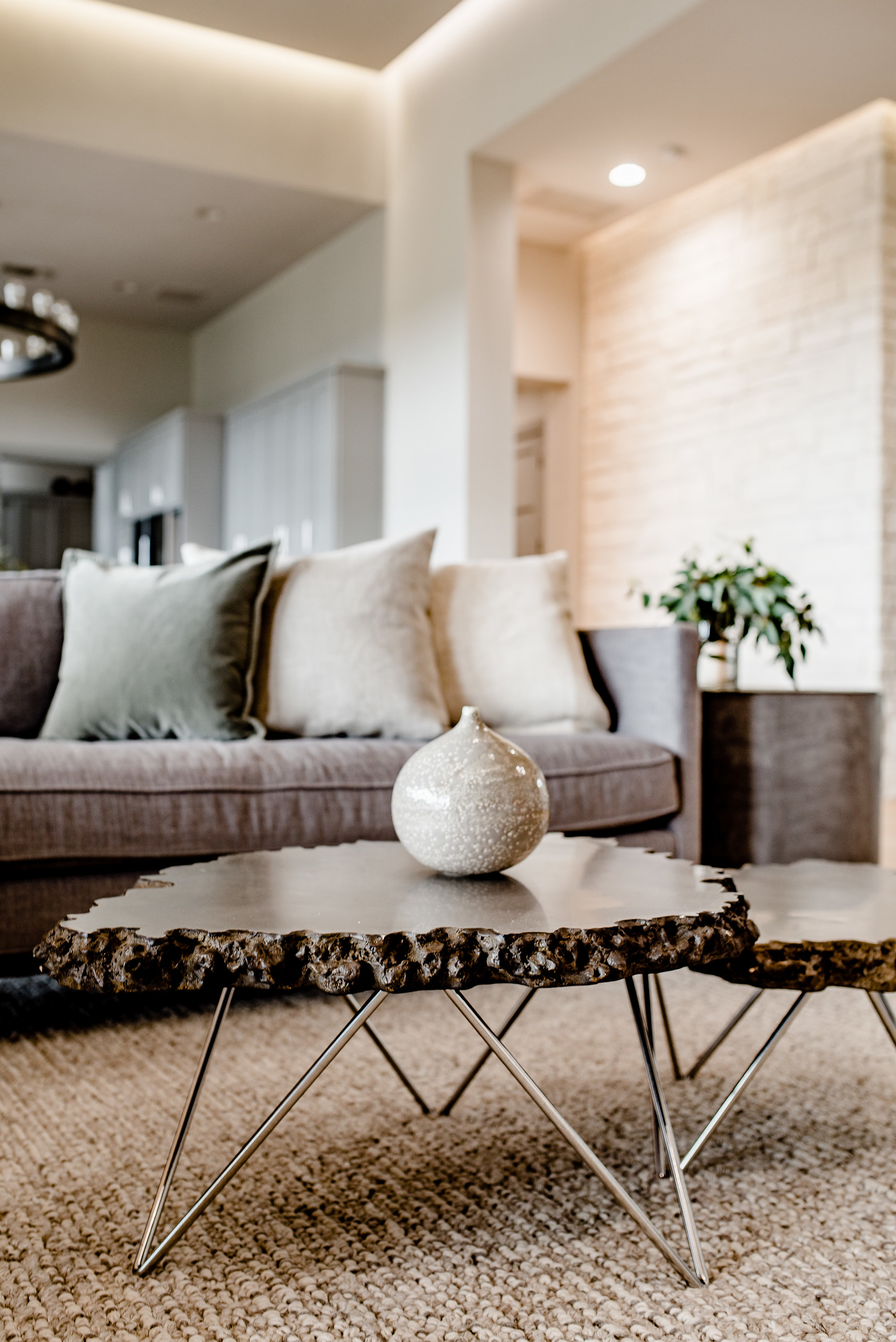Photo Credit An Indoor Lady
At this moment I’m having to calm myself, as I am on a plane (I’ve been in CA supporting a family member undergoing cancer treatment) and visitors are arriving to my home in Austin while I’m gone. I had to leave the responsibility of cleaning the house to my kids and my husband, and I guarantee it wasn’t done to my standards. There is probably dog hair in places it doesn’t belong, computers and mail on the counter, and oh dear – maybe even something smelly in the trash! Did they even think to empty it while I was gone? Gasp! Okay. Breathe. It will all be fine, and hopefully these visitors actually LIVE in their home too and will excuse any non-Pinterest moments in ours.
Recognizing these feelings prompted me to think about the pursuit of home perfection. It’s an impossible goal and something I should have let go of long ago (friends reading this are thinking ‘is it possible? Will Laura be able to actually let go of this?’). When you think about images online or in magazines, you don’t see mail on the counter, shoes on the floor (unless they are adorable shoes - not Birkenstocks or dirty sneakers!) and laptop computers on the dining table. And yet, the tasks of daily life require these practicalities, and to constantly work to hide them feels a bit futile. It evokes the image of a gerbil on a wheel. And having the recent perspective of holding hands with a relative as she puts life on hold to battle cancer, it feels all the more stupid.
So what is a design conscious person to do? I will say, working in this industry I am frequently exposed to nifty new strategies for home efficiency. There are many technological advancements and innovative new products, all designed to : 1) make tasks easier, 2) conceal unattractive necessities, or 3) make functional tools prettier. If you think about how you live and are mindful to incorporate these strategies into your home design, you can improve the efficiency of day-to-day life and keep clutter to a minimum. Here are a few of my favorites:
Outlets with built-in USB ports, and plugs in hidden places such as cabinets and drawers. Legrand offers many clever options, but selections are also available in big box stores and can be easily installed in your existing home.
‘Smart’ controls for lighting, window shades, thermostats, and door locks, that you can use to accomplish these tasks remotely. Nest is one of the most well-known brands, but others have come on the scene. Many of the products can be controlled with your phone or paired with hubs such as Alexa and GoogleHome.
Function built into kitchen, laundry room and mud room cabinets. I turn to companies such as Rev-a-shelf and Hafele who offer nifty products such as built in trash pullouts, spice racks, ironing boards, drying racks, and retractable hanging rods.
For items that are most useful left in the open, opt for something with an attractive design. Here’s a shameless plug for a product I designed for a client in CA: it’s a ‘mudroom hook wall’ that we created to add function to an oddly shaped little room off her entry. We paired this with a custom walnut bench to create a unique space that’s as stylish as it is functional (shown here below).
Photo credits: End images by David Duncan Livingston, Center photo by Morgan Gutzwiller
New offerings enter the scene daily, so if there are functional limitations in your current home, or if you are remodeling or building new, be sure to think about how you live and investigate new products on the market. It can improve efficiency, reduce clutter, and give you more time to spend doing the things you love!


